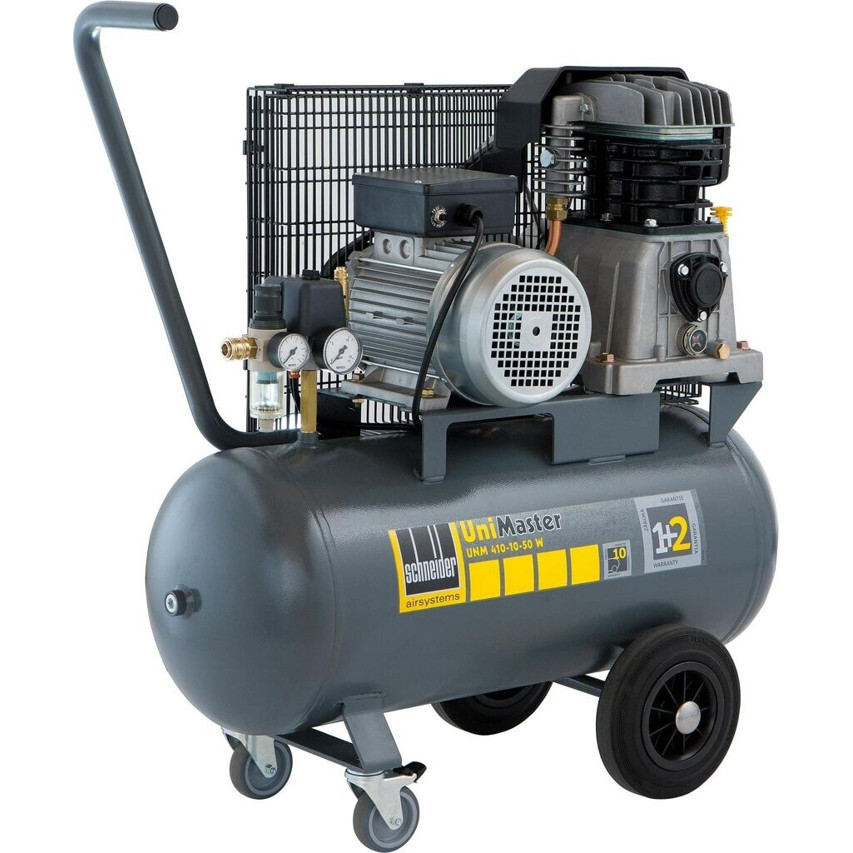What Will Buy An Orbital Sander Be Like In 100 Years?
The Ultimate Guide to Buying an Orbital Sander: Everything You Need to Know
When it comes to woodworking and home enhancement projects, an orbital sander is a vital tool. Unlike Exzenterschleifer Test 2025 , which tend to leave deep scratches, orbital sanders provide a smooth finish by using a circular sanding pad that moves in an orbital pattern. This post aims to assist DIY enthusiasts and professional woodworkers alike in understanding the features, advantages, and considerations to keep in mind when buying an orbital sander.
Why Choose an Orbital Sander?
Orbital sanders are flexible tools that offer a wide variety of advantages, including:
- Smooth Finish: The circular movement of the sanding pad reduces the threat of producing swirl marks, leading to a smooth, perfect surface.
- Flexibility: Suitable for a range of surfaces, consisting of wood, plastic, and metal, making them ideal for varied projects.
- Alleviate of Use: Lightweight and easy to use, making them best for newbies and skilled users alike.
- Dust Collection: Many models come with integrated dust collection systems to keep your workspace cleaner.
Key Features to Look for When Buying an Orbital Sander
When shopping for an orbital sander, consumers must think about numerous functions to guarantee they make an informed decision. Here is a summary table of vital features:
Feature
Description
Importance
Power
Normally measured in amps or watts
Greater power allows easier sanding of tough products
Orbit Diameter
The size of the orbit (generally between 1/8” and ¼”)
Larger diameters get rid of material faster, however can be less precise
Speed Settings
Adjustable speeds for various products or jobs
Flexibility for different jobs
Weight
The heaviness of the tool
Much heavier tools may provide better stability however can be tiring to use
Sanding Pad Size
Typically is available in 5” or 6” diameter sizes
Impacts the speed and efficiency of the sanding procedure
Dust Collection System
Integrated or attachable vacuum systems for catching dust
Keeps the office clean and minimizes breathing dangers
Ergonomics
Deal with design and grip comfort
Results use over long durations
Toughness
Materials and building quality
Lasting tools offer better value
Noise Level
Measured in decibels (dB)
Quieter tools are more pleasant to use
Kinds Of Orbital Sanders
There are a number of kinds of orbital sanders offered in the market. Here's a quick breakdown of the primary types:
Pneumatic Orbital Sanders:
- Description: Air-powered sanders typically discovered in body stores.
- Pros: Powerful and efficient, excellent for continuous usage.
- Cons: Require an air compressor, which includes to the expense.
Electric Orbital Sanders:
- Description: Plug-in or battery-operated sanders that are more typical for home usage.
- Pros: Easy to utilize and extensively readily available.
- Cons: Battery-operated models might need frequent recharging.
Random Orbital Sanders:
- Description: Combine the circular motion with a random orbital pattern for a more random sanding action.
- Pros: Superior finish quality; less threat of swirl marks.
- Cons: Generally more pricey than standard orbital sanders.
Top Orbital Sanders on the marketplace
Sander Model
Power
Orbit Diameter
Speed Settings
Dust Collection
Price Range
Dewalt DWE6423K
3.0 Amps
5”
Variable
Yes
₤ 100 – ₤ 140
Bosch ROS20VSC
2.5 Amps
5”
Variable
Yes
₤ 60 – ₤ 95
Makita BO5041K
3.0 Amps
5”
Variable
Yes
₤ 100 – ₤ 140
Black+Decker BDERO100
2.0 Amps
5”
Fixed
No
₤ 40 – ₤ 60
Festool RO 150 FEQ
720 Watts
6”
Variable
Yes
₤ 500 – ₤ 600
Ryobi P411
18V (Battery)
5”
Variable
Yes
₤ 70 – ₤ 100
Costs may differ based on merchants and discounts.
Additional Considerations
Before making a last choice, there are numerous additional factors that customers ought to remember:
- Warranty and Customer Support: Look for brand names that offer solid guarantees and customer support in case you come across issues with the tool.
- Reviews and Recommendations: Online reviews and word-of-mouth suggestions can supply valuable insights into the performance and dependability of various models.
- Project Scope: Consider the particular jobs you'll be tackling to ensure you choose a sander that meets your unique requirements.
FAQ About Orbital Sanders
Q1: What is the difference in between an orbital sander and a random orbital sander?A1: An orbital sander has a circular sanding pad that moves in a constant pattern, while a random orbital sander combines this circular movement with an additional random pattern for a smoother finish.
Q2: Can I utilize an orbital sander for ending up?A2: Absolutely! Orbital sanders are excellent for completing wood surface areas because they avoid swirl marks and offer a smooth, polished appearance.
Q3: How do I change the sandpaper on my orbital sander?A3: Most orbital sanders have a hook-and-loop system that permits you to quickly attach and remove sandpaper. Ensure the sander is powered down before trying to alter the paper.
Q4: Is it worth purchasing a more pricey model?A4: More costly models frequently include better features, toughness, and warranties. If you prepare to use the sander often or for professional tasks, it could be a rewarding financial investment.
Q5: How do I keep my orbital sander?A5: Regularly clean the dust collection bag and ensure that the sanding pad is safely connected. Follow the producer's suggestions for care to extend the life of the tool.
Buying an orbital sander can considerably boost your woodworking or DIY projects, offering a professional surface with relative ease. By considering numerous functions, types, and models, DIY enthusiasts can discover the right tool that meets their needs. With some research study and an understanding of important aspects, anybody can confidently pick the ideal orbital sander to take their tasks to the next level.
